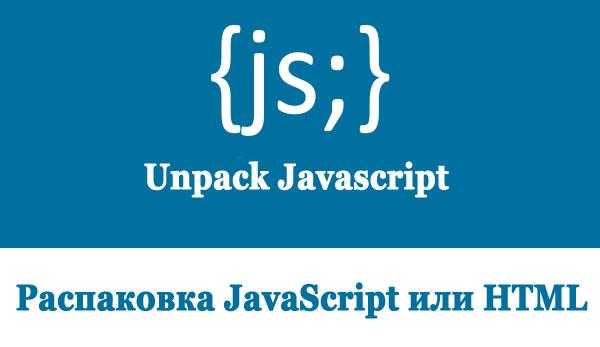

- #Js decode uri how to
- #Js decode uri software
From now on, you don't need to download any software for such simple tasks. Read our privacy policy below for more details. We do not keep or inspect the contents of the submitted data or uploaded files in any way. We delete uploaded files from our servers immediately after being processed and the resulting downloadable file is deleted right after the first download attempt or 15 minutes of inactivity (whichever is shorter). Currently this mode supports only the UTF-8 character set.Īll communications with our servers come through secure SSL encrypted connections (https).
Live mode: When you turn on this option the entered data is decoded immediately with your browser's built-in JavaScript functions, without sending any information to our servers. This option is useful if you intend to decode multiple independent data entries that are separated by line breaks. Prior to decoding, all non-encoded whitespaces are stripped from the input to safeguard the input's integrity. Decode each line separately: The encoded data usually consists of continuous text, so even newline characters are converted into their percent-encoded forms. Note that this is irrelevant for files since no web-safe conversions need to be applied to them. This information is used to convert the decoded data to our website's character set so that all letters and symbols can be displayed properly. It is usually UTF-8, but can be many others if you are not sure then play with the available options or try the auto-detect option. Character set: In case of textual data, the encoding scheme does not contain the character set, so you have to specify which character set was used during the encoding process. As such it is also used in the preparation of data of the "application/x-www-form-urlencoded" media type, as is often employed in the submission of HTML form data in HTTP requests. Although it is known as URL encoding it is, in fact, used more generally within the main Uniform Resource Identifier (URI) set, which includes both Uniform Resource Locator (URL) and Uniform Resource Name (URN). URL encoding, also known as "percent-encoding", is a mechanism for encoding information in a Uniform Resource Identifier (URI). URL encode your data without hassles or decode it into a human-readable format. This is why, it becomes necessary to decode query strings or path parameters passed in URLs to get the actual values.Meet URL Decode and Encode, a simple online tool that does exactly what it says: decodes from URL encoding as well as encodes into it quickly and easily. Any character outside this allowed set is encoded using URL encoding or Percent encoding. These characters include Alphabets ( A-Z a-z), Digits ( 0-9), hyphen ( -), underscore ( _), tilde ( ~), and dot (. URLs, as you might know, can only contain a limited set of characters from the US-ASCII character set. It is also used to decode HTML form parameters that are submitted with application/x-www-form-urlencoded MIME format It is used to parse query strings or path parameters passed in URLs. URL decoding is the inverse process of URL encoding. 
What is URL Decoding and why is it required? Do check that out if you want to encode URL components. You should definitely check them out in the blog section.
#Js decode uri how to
Our website also contains various articles about how to decode URLs in different programming languages. The world wide web consortium recommends using UTF-8 encoding scheme when working with URLs. Note that, our tool assumes that the input is encoded using UTF-8 encoding scheme. Once your input string is decoded, you can click in the output text area to copy the decoded URL. If the input is not a valid URL encoded string, then the input text area will turn red and the output textarea will be cleared. Get started by typing or pasting a URL encoded string in the input text area, the tool will automatically decode your input string in real time.

URL Decoder is the #1 online tool for decoding URLs.







 0 kommentar(er)
0 kommentar(er)
